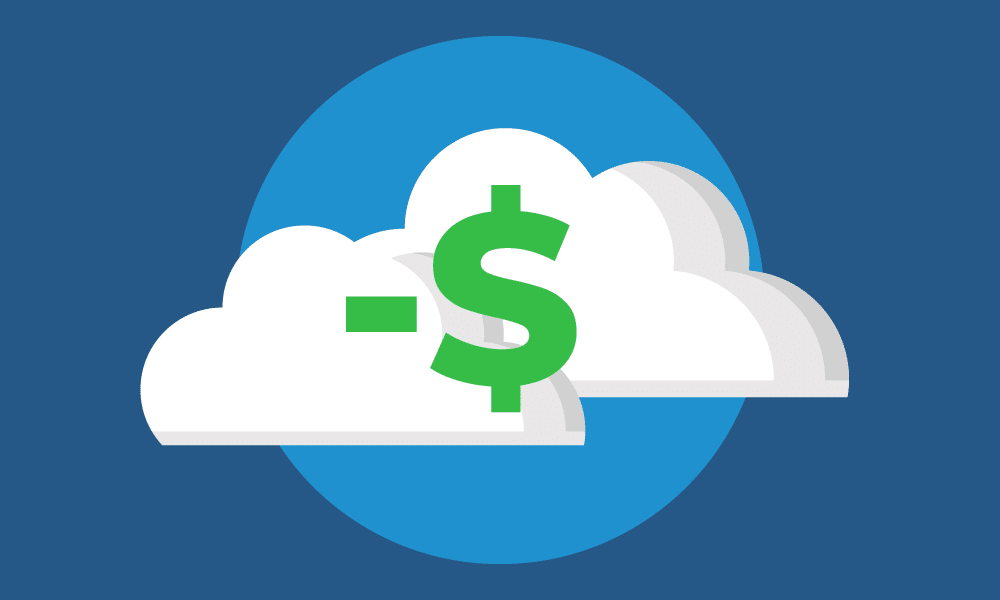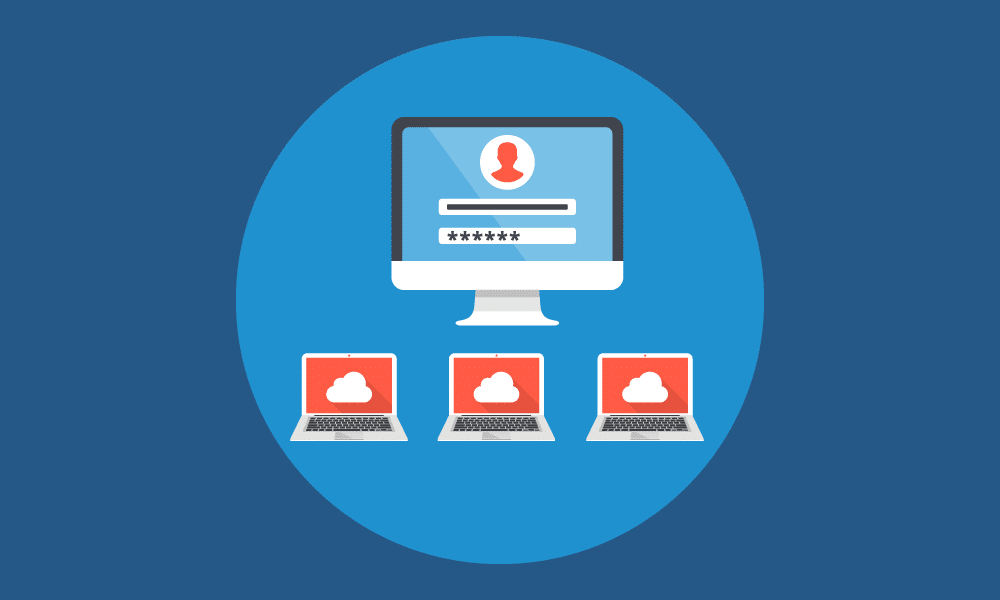Interested in migrating a locally-installed or onsite application to the cloud? In this blog post, we’ll tell you how to get it done.
Cloud-hosted applications have multiple advantages over onsite applications. These advantages include:
Increased accessibility

Hosted applications can be accessed from anywhere with any Internet-connected computer, tablet, smartphone, or thin client by default.
Increased security

Your application is more secure when hosted in the cloud because with hosted applications your data remains on the hosting provider’s servers at all times (instead of being stored on an insecure endpoint), and because hosting providers can afford more advanced security measures and personnel than the average business.
Less IT management hassles

Some hosting providers (including IronOrbit) will manage and maintain your hosted applications for you—they’ll monitor them 24x7x365, protect them from security threats, back up their data on a regular basis, update them whenever new updates are released, and provide 24x7x365 tech support with them.
Lower costs

Hosted applications don’t require the purchase of any onsite servers or the hiring of any additional IT personnel, and can be accessed from low-cost devices such as thin clients and old PCs.
Increased scalability

You can add any amount of users, processing power (CPUs/vCPUs and RAM), and storage space to hosted applications at any time.
The first step in migrating an application from onsite to the cloud is to select a hosting company to host your application for you.
The two main characteristics to look for in a hosting company are: that they’re capable of hosting your application and that they can host it the way you want to be hosted (i.e., either they offer a lot of different standardized hosted application offerings, or they offer fully-customizable hosted applications).
Factors to consider when selecting a hosting provider include:
- Whether they offer shared or dedicated application hosting, or both (with shared application hosting, you share the same physical server with at least of the hosting company’s other clients; with dedicated application hosting, you get a full physical server to yourself)
- Whether they offer high-performance hardware such as GPUs/vGPUs and SSDs
- Whether or not they offer managed application hosting (in which the hosting provider manages, maintains, and supports your application); how the managed hosted applications are managed (Is it 24x7x365 management? Does it include data backups? What security measures do they implement? Etc.); and the cost of these IT management services
- Whether they offer compliance application hosting (hosted applications that have been customized so that they comply with IT regulations such as PCI DSS, HIPAA, and SOX)
- Pricing
- The terms of their Service Level Agreement (SLA), such as their uptime guarantee
Your next step after selecting a hosting provider is to sign up for and deploy either a shared or dedicated server (shared servers cost less, while dedicated servers tend to perform better and be more reliable and compliant).
This server should have an operating system that supports the application you want to host, as well as enough processing power and storage space to support it.
Next, you need to install your application on the hosted server and transfer all of the application’s existing data from onsite.
If the application being migrated depends on other onsite applications, then these other onsite applications may need to be migrated as well. And if your application or applications require separate database servers, then you will have to set these up, too.
To finalize the migration, you need to integrate your newly-deployed hosted application with the rest of your IT, including all of your relevant onsite and cloud-based assets.
You may also need to implement an application publishing solution such as Windows Server Remote Desktop Services (formerly called Terminal Services) or Citrix XenApp in order to allow your employees to access the hosted application.
If you run into any trouble when performing an application migration by yourself, contact your hosting company for assistance.
The Alternative: Pay Your Hosting Company or a Services Provider to do Cloud Application Migration for You
Now, our intention with this blog post was to provide a general overview of the process of migrating an application from onsite to the cloud.
We tried to simplify things as much as possible here, but make no mistake, there’s usually nothing simple or easy about performing the application migration process yourself, especially if your IT knowledge and experience is relatively limited.
For example, to perform an onsite to cloud application migration, you may need to know how to do the following:
- Set up and configure hosted servers
- Use a server operating system
- Identify interdependencies between applications
- Migrate an application without causing downtime
- Deal with OS or platform compatibility issues
- And configure and integrate a cloud-hosted application.
This is why we recommend to most businesses that they pay someone else with a lot of knowledge, skill, and experience with onsite-to-cloud migrations to perform their migrations for them.
Many hosting providers will handle the migration process for you a relatively small fee, for example. Outsourcing the migration process like this not only lets you avoid having to perform the migration yourself, it also usually results in a much quicker and more problem-free migration.
For information about IronOrbit’s migration services, check out our Migration Support page or contact us at [email protected] or (888) 753-5060.

